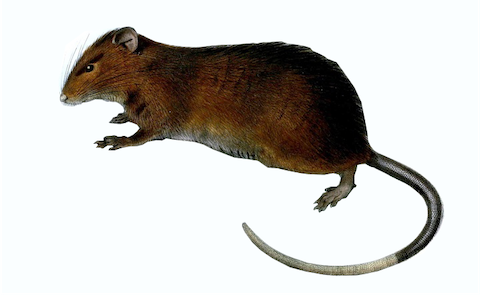Contribution of myeloid cell subsets to liver fibrosis in parasite infection.
Abstract
Accumulation of extracellular matrix components secreted by fibroblasts is a normal feature of wound healing during acute inflammation. However, during most chronic/persistent inflammatory diseases, this tissue repair mechanism is incorrectly regulated and results in irreversible fibrosis in various organs. Fibrosis that severely affects tissue architecture and can cause organ failure is a major cause of death in developed countries. Organ-recruited lymphoid (mainly T cells) and myeloid cells (eosinophils, basophils, macrophages and DCs) have long been recognized in their participation to the development of fibrosis. In particular, a central role for recruited monocyte-derived macrophages in this excessive connective tissue deposit is more and more appreciated. Moreover, the polarization of monocyte-derived macrophages in classically activated (IFNgamma-dependent) M1 cells or alternatively activated (IL-4/IL-13) M2 cells, that mirrors the Th1/Th2 polarization of T cells, is also documented to contribute differentially to the fibrotic process. Here, we review the current understanding of how myeloid cell subpopulations affect the development of fibrosis in parasite infections.
| Authors: | Beschin A, De Baetselier P, Van Ginderachter JA |
|---|---|
| Journal: | J. Pathol.; 2013 Jan; 229(2) 186-97. doi:10.1002/path.4112 |
| Year: | 2013 |
| PubMed: | PMID: 23011901 (Go to PubMed) |


